
Compounds (B) and (C) are :
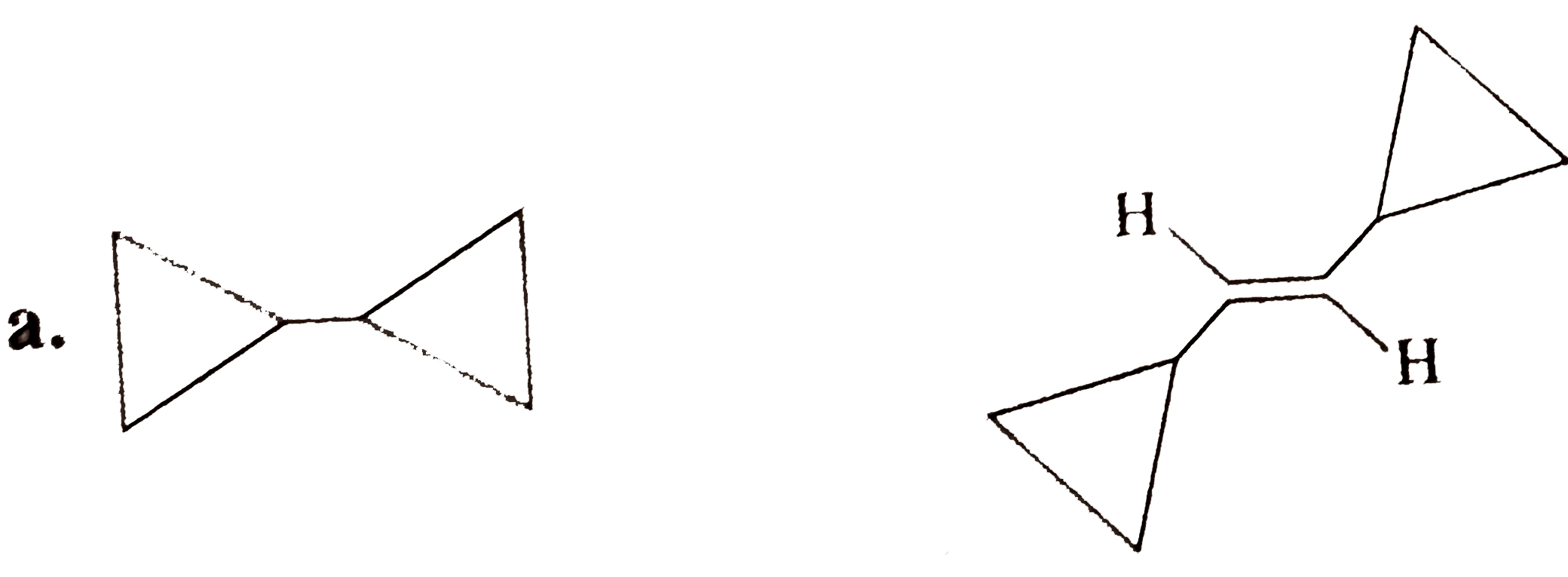

n-octane 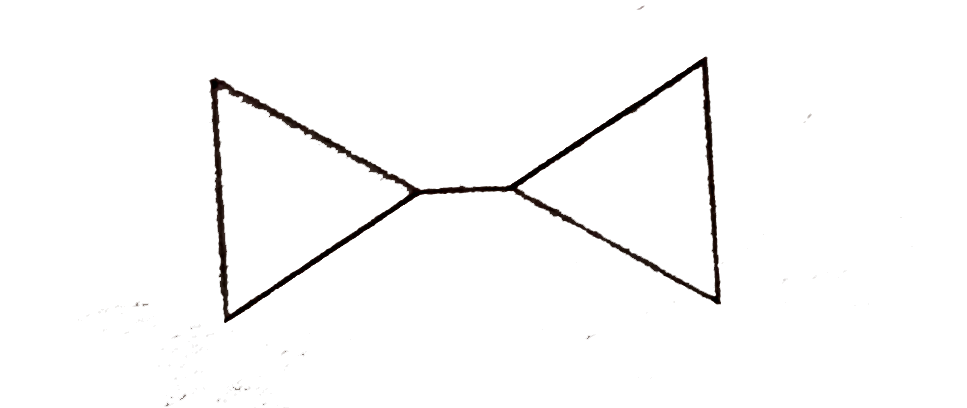
n-octane 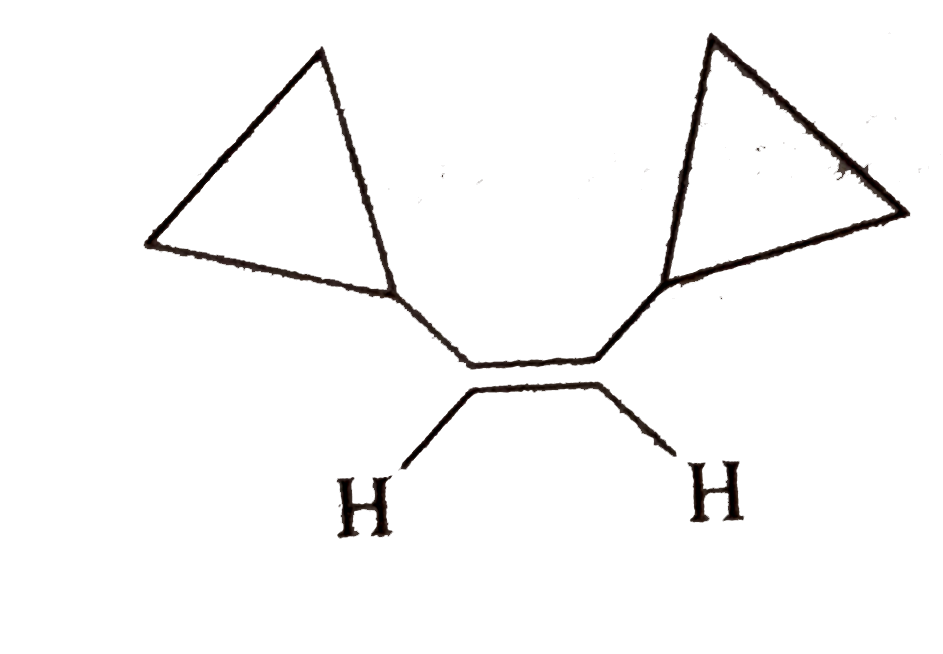
The correct Answer is:d
Both the cyclopropane rings are unstable because they are highly strained. They undergo hydrogenation with H2+Pt and give n−octane and (or)2,5−dimethyl hexane. Hydrogenation with P−2 catalyst converts (C≡C) to (C=C) only. So the answer is (d).

Topper's Solved these Questions
- BOOK - CENGAGE CHEMISTRY ENGLISHCHAPTER - ALKENES AND ALKADIENESEXERCISE - Archives(ASSERTION-REASIOING)4videos
ALKENES AND ALKADIENES
- BOOK - CENGAGE CHEMISTRY ENGLISHCHAPTER - ALKENES AND ALKADIENESEXERCISE - Fill in the Blanks3videos
ALKENES AND ALKADIENES
- BOOK - CENGAGE CHEMISTRY ENGLISHCHAPTER - ALKENES AND ALKADIENESEXERCISE - Multiple Correct Answer Type41videos
ALKENES AND ALKADIENES
- BOOK - CENGAGE CHEMISTRY ENGLISHCHAPTER - ALKANES AND CYCLOALKANESEXERCISE - Archives13videos
ALKANES AND CYCLOALKANES
- BOOK - CENGAGE CHEMISTRY ENGLISHCHAPTER - ALKYNESEXERCISE - Exercises (Archives - Analytical and Desriptive Type)4videos
ALKYNES
Similar Questions
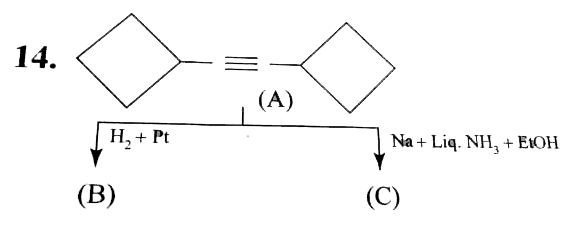
Compound (B) and (C) are :View SolutionThree compounds (A),(B) and (C) are given.
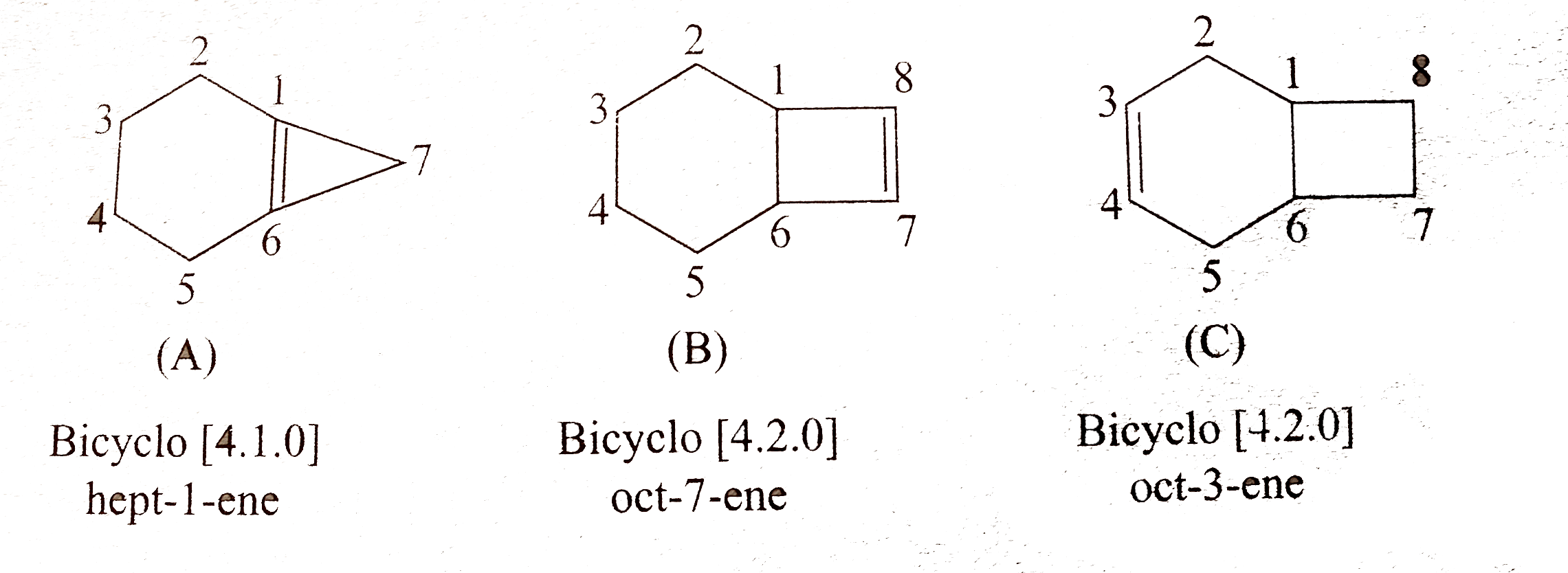
Which statements are correct about (A),(B), and (C) ?View SolutionThe three compounds (A),(B),and (C) on hydrogenation with H2+Pd give (D),(E) and (F), respectively.
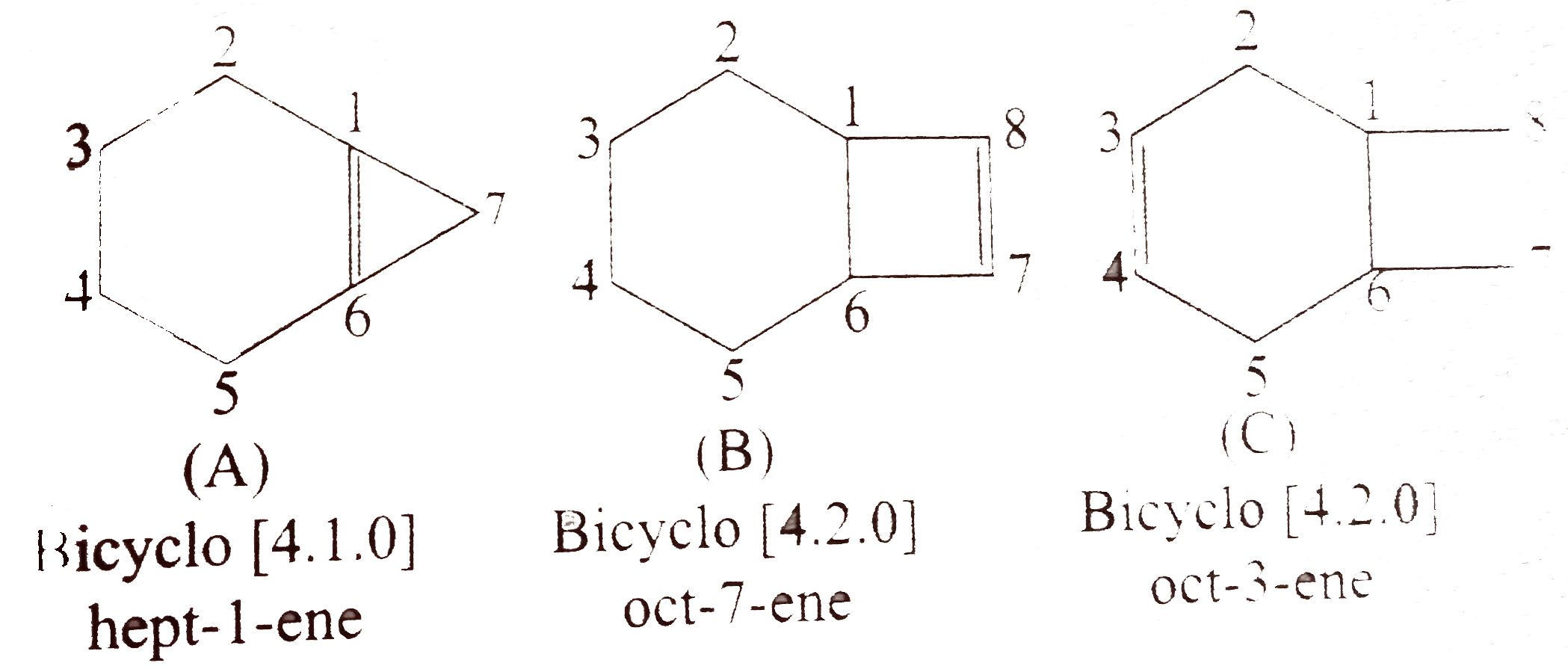
Compounds (D),(E) and (F) are :View SolutionThe reaction of H3N3B3Cl3(A) with LiBH4 in tetrahydrofuran gives inorganic benzene (B). Further, the reaction of (A) with (C) leads of H3N3B3(Me)3. Compounds (B) and (C) respectively , are :
View Solution
Compounds (B) and (C) respectively are:View Solution
Compounds (B) and (C ), respectively, are:View SolutionA+H2O→B+HCl
B+H2O→C+HCl
Compound (A), (B) and (C) will be respectively:View SolutionA+H2O→B+HCl
B+H2O→C+HCl
Compound (A), (B) and (C) will be respectively:View Solution(a). An ore (A) on roasting with sodium carbonate and lime in the presence of air gives two compounds (B) and (C).
(b). The solution of (B) in conc. HCl on treatment with potassiu ferroyanide gives a blue colour or precipitate of compound (D).View SolutionCompound (A) (C6H12O2) on reduction with LiAlH4 yielded two compounds (B) and (C ). The compound (B) on oxidation gave (D), which on treatment with aqueous alkail and subsequent heating furnished (E ). The latter on catalytic hydrogenation gave (C ). The compound (D) was oxidised further to give (F) which was found to be a monobasic acid (molecular formula weight =60.0). Deduce the structures of (A), (B), (C ), (D), and (E ).
View Solution

